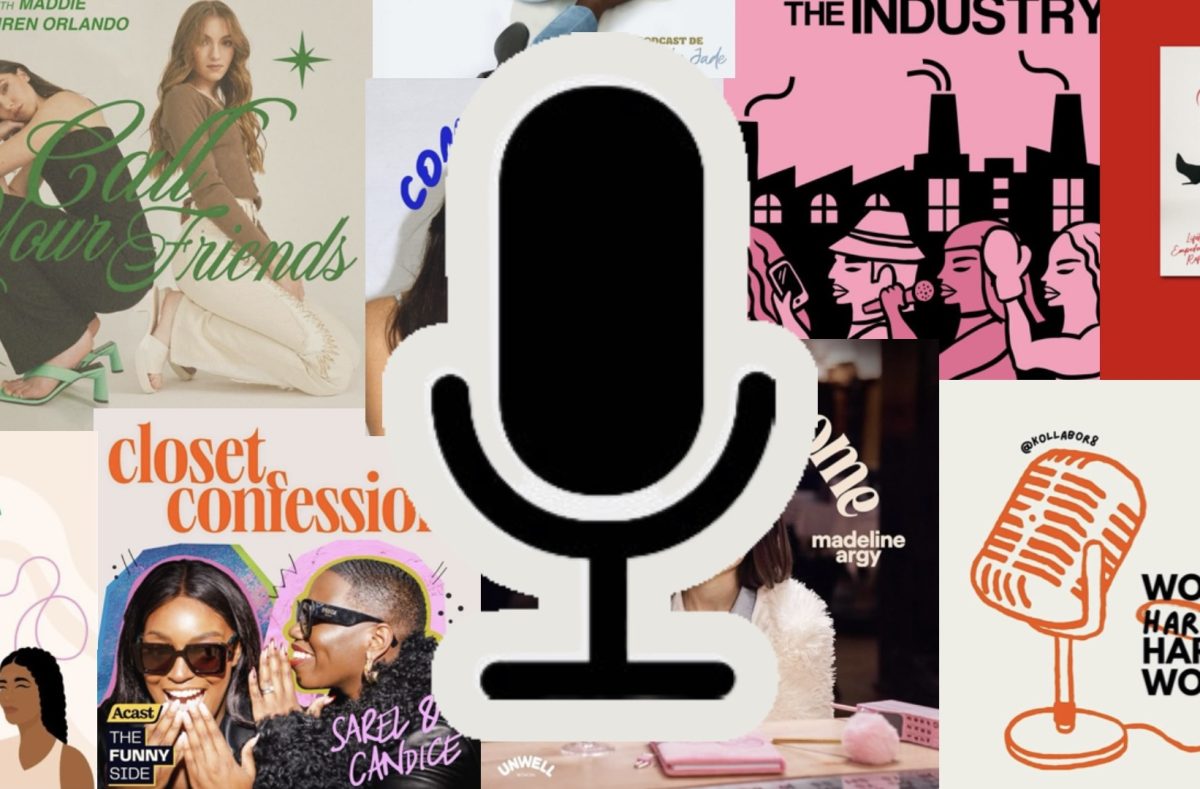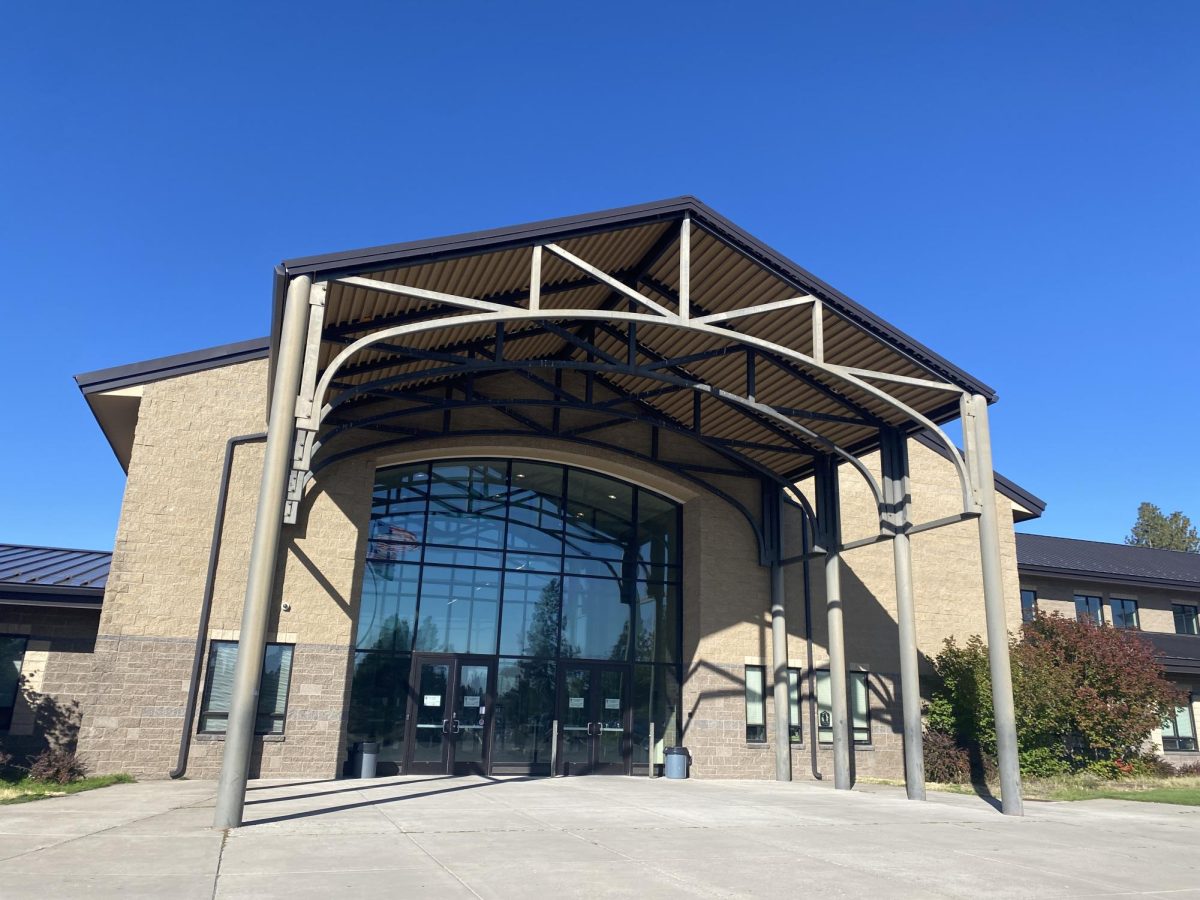The Alt-right Problem
Is extremist rhetoric finding a foothold in our community?
On May 14th, in Buffalo New York, an 18 year old white supremacist shot and killed 10 people in a grocery store. He deliberately targeted this store for being in a majority black neighborhood. His manifesto describes his reason for doing this, beleif in a white supremacist conspiracy theory called the “Great Replacement.” This discredited idea emerged primarily online, although it is pushed by more mainstream figures like Tucker Carlson. It posits white people in America and Europe are being deliberately replaced with black people and immigrants, in its most extreme form, it posits that Jews are responsible for this so-called great replacement, and argues that the mere presence of minorities in majority white countries is a constant threat to the white race. Under this belief, an attack on minorities can be framed as an act of self defense.
The alt right pipeline is what drives people to hold these irrational beliefs and commit these horrible acts of violence, and it’s present here at Summit. An anonymous interview subject offered some insights on how the alt right works and how it’s affected Summit culture. Although he never believed in any of the views they say, he did get involved in the culture and consumed alt right media. He spoke about their experience with alt right culture, saying “it started as just my and my friends going on random websites as jokes.”
For him, the alt right was just a subculture he was somewhat involved in, but he was still frequently exposed to its racist jokes and humor, and was around people who believed in its talking points sincerely. He said that he was in communities that made jokes about “13/50,” a false alt right talking point that blames black people for violent crime. He also said that he knew people in alt right spaces who believed that the races should be kept separate. The distinction between people making racist jokes and genuine racists is hard to find within the alt right, because, as the interview subject put it, “It’s really difficult to discern what someone believed or didn’t believe.” Moreover, these jokes often convey sincere feelings, “It starts as a funny joke, then you’re there to express feelings, and you have those feelings validated.”
He had a lot to say about the alt right, and none of it was positive, “It’s preying on the uneducated…It preys on people who are struggling to get by.” In regard to its tactics for recruiting people, he said, “It takes all the feelings they have about life, and pits them against people who haven’t done anything to aid those bad feelings.” Unfortunately, the alt right has something of a foothold at Summit, as this subject estimated about 10% of Summit students were involved in alt right culture, and around 2% believed in alt right talking points sincerely, but they hide it well. That also makes it difficult to discern how sincere that 10% is.
Sometimes, alt right content will be overtly political from the beginning, but often, that isn’t the case. Far right beliefs will be couched under the guise of “comedy” or as an attempt to keep a certain community “apolitical” through pushing out left wing critics.
The former, being so-called edgy humor, is extremely effective in radicalizing people, especially young people. This is because people don’t enter the alt right pipeline with intent to get radicalized, they do so looking for either entertainment or community. This
“edgy comedy” fulfills the need for entertainment, and often satisfies a desire to feel rebellious. So it’s able to attract viewers, and because the humor is constantly punching down at disenfranchised groups, it’s viewers often subconsciously internalize bigoted assumptions. Also, these so-called jokes usually follow a pattern of one-up-ing the last bigoted joke, the interview subject said, “A lot of it comes from people trying to one up the shock factor. Someone says something shocking, and then you say something to one up it, and eventually you start to believe it.”
This false veneer of “apolitical, edgy comedy” allows people to be radicalized without realizing that their political views are rapidly changing. This type of messaging trafics not in arguments, but in assumptions and gut feelings. Because it’s always punching down at marginalized groups, it changes its audience’s default assumptions about those groups, and thus shapes their perceptions of politics moving forward.
Another advantage is that it can pull people to the right without them realizing that the media they’re watching is political. Because of that, alt right comedy pulls people to the right without them even realizing that their beliefs are rapidly changing.
As for the false pretext of “keeping communities apolitical,” this usually occurs within online forums built around a fandom for video games or other popular media. When left leaning people, usually feminists, make critcisms of the fandom or its properties, anti feminist sentiment tends to build in that community. The same pattern can happen when media is criticized for being racist, homophobic, or any other bigotry, and the backlash to it will exemplify the bigotry bing criticized. These communities tend to have an aversion to politics, and thus react negatively to people trying to make political criticisms. That backlash is easily weaponized to make online communities more reactionary, and ironically, the intention to keep an online space apolitical becomes the pretext to make it serve the alt right’s political agenda.
The pipeline serves an essential purpose to the alt right. It’s hard to make people buy into Neo-Nazi ideas if they’re libral or moderate, which most people are. So the creation of the pipeline gradually makes people develop reactionary sentiments and assumptions, and make them buy into watered down right wing views. From there, radicalizing people is a much easier and more gradual process. Furthermore, the less radical views at the earlier ends of the pipeline are much easier to mainstream, thus onboarding people into the broader culture.
Although the strategies the alt right use have significant strategic value, it’s worth noting that this largely isn’t a planned effort. Rather, it’s a network of self interested grifters who saw the alt right as an opportunity to get money or notoriety, many of whom are deeply racist and became more radicalized by their own audience and content. Although it’s a complicated, strategic, and interconnected community, it’s better understood as an online cultural trend than a planned effort.
Luckily, the alt right has fallen somewhat out of prominence after the Charlottesville rally in 2017, where a counter protester named Heather Heyer was murdered. However, there seems to be something of a resurgence in recent months. Some portion of Summit’s student body are a prime target for radicalization, which could lead to a bigoted and unsafe school culture. Fostering a community where everyone feels safe and welcome requires that we address this threat to students who are LGBTQ, people of color or members of any other group who the alt right seeks to denigrate.
What Summit does to combat the alt right matters. Far right content is prolific online, and preventing students from seeing it will almost certainly fail, and trying to do so would largely fall out of the school’s authority. Instead, Summit needs to teach its students better media literacy so they are able to identify propaganda, and teach more skepticism towards political content. Although the alt right is able to radicalize thousands of people, its arguments aren’t good. There’s a reason why alt right figures are constantly dishonest, and it’s because they could never sell their message without the dishonesty. If Summit students are taught to be more skeptical and rational thinkers, the alt right wouldn’t have the foothold that it does.

When AJ isn’t writing for The Pinnacle alongside it’s hard working staff, he might be found working, cooking, or scrolling through TikTok. He loves his dogs, writing for The Pinnacle, and spending...


































